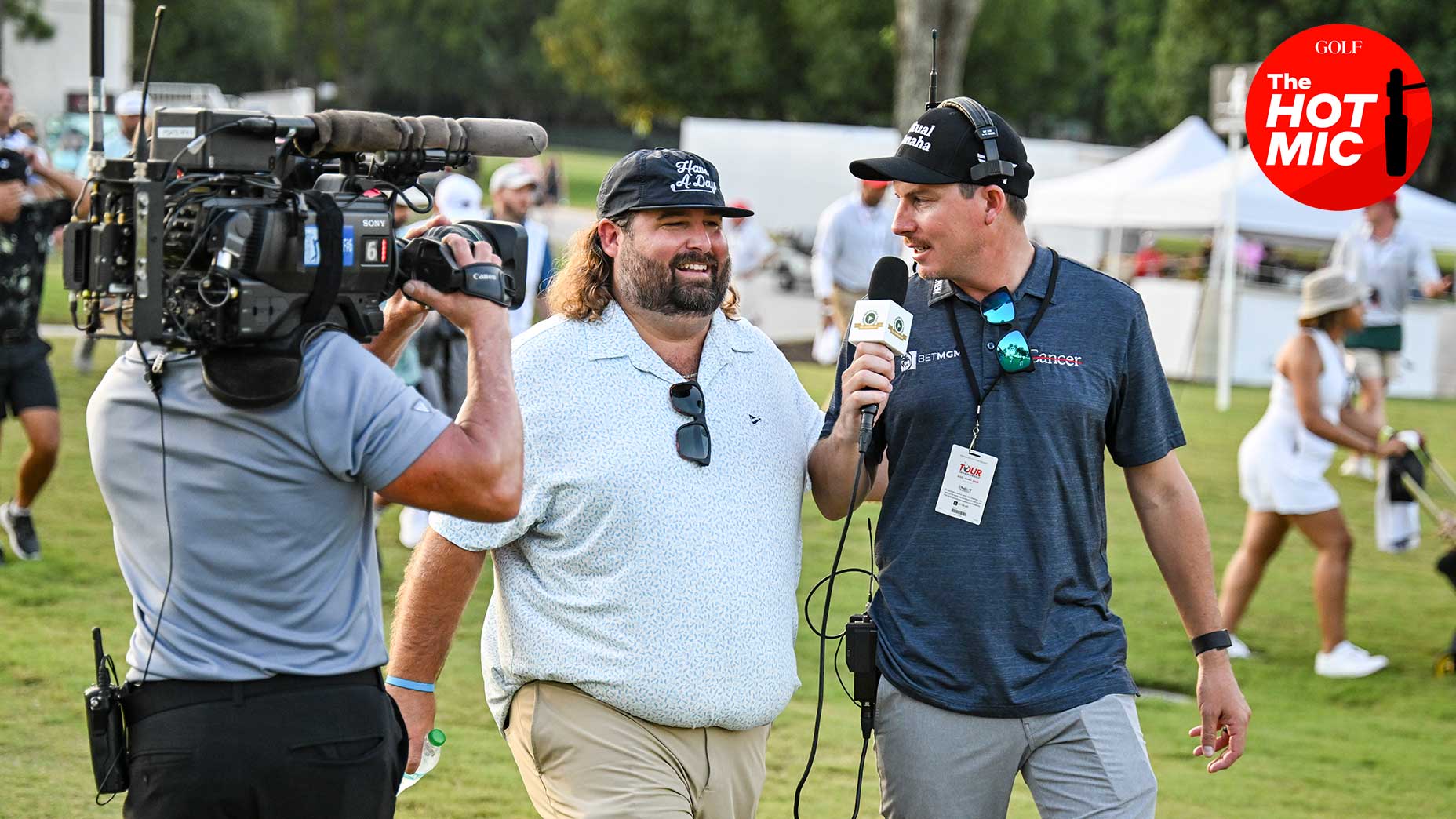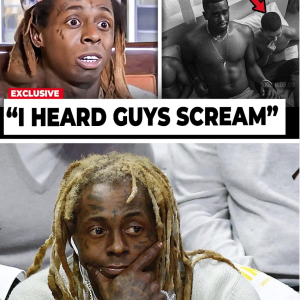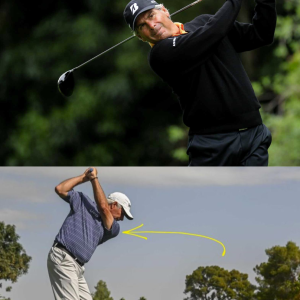When the PGA Tour announced the creation of its first influencer golf tournament, the “Creator Classic,” they left one major question unanswered.
Why?
Not that it was ever a bad idea to create a made-for-the-internet event aimed at engaging younger golf fans. In fact, quite the opposite. Golf wonks have been calling for the Tour to invest in shifting its ancient viewership demographic for decades, and those calls have only grown in the years following the sport’s pandemic boom. The Tour’s recent TV ratings plunge only seemed to amplify calls to engage with a new viewing audience, especially as LIV built and touted a television business around younger fans.
In other words, the problem was that the Tour’s motives didn’t quite seem believable. After all, a central criticism of the Tour’s entertainment business for years is that it has too often focused on making money first, and thinking about the bigger picture second. (That’s the thinking that led the Tour into TV rights deals that net tremendous sums for players but regularly draw the ire of commercial-fatigued fans and stretched-thin networks.) An event like the Creator Classic brought tremendous audience growth potential, but served little to no outsized business benefit for the PGA Tour, which couldn’t sell nearly the same volume of advertising as for a typical pro golf event. Was the Tour willing to front the (admittedly low) production and talent costs purely as an engagement experiment?

Now, a month later, it seems we have an answer. On Friday morning, shortly before the Presidents Cup alternate shot matches began, the Tour released viewership data from the Classic detailing big gains with the young, streaming-first viewers it was attempting to court. According to the Tour, the event drove more than 2 million total views, landing as the No. 2 trending show on YouTube for its first 24 hours and delivering 118,000 concurrent viewers at the event’s peak. The event was also the Tour’s most-viewed, like, commented and shared YouTube video in 2024, and contributed to the largest day of subscriber growth on the channel in the account’s history.
The numbers give us a broader picture of the gains scooped by the nine-hole, 16-player event that courted some of the golf internet’s biggest stars and aired on the Wednesday before the Tour Championship. They also afford some insight into the event’s first, unanswered question: why the PGA Tour would bother hosting talent it does not own for an event it cannot really monetize?
The answer, at least according to the PGA Tour, is that the event provided a mutual handshake between the Tour’s digital properties and golf’s digital creators. Each side stood to gain from the legitimacy and audience offered by the other, which was good enough to coax both sides into an agreement.





